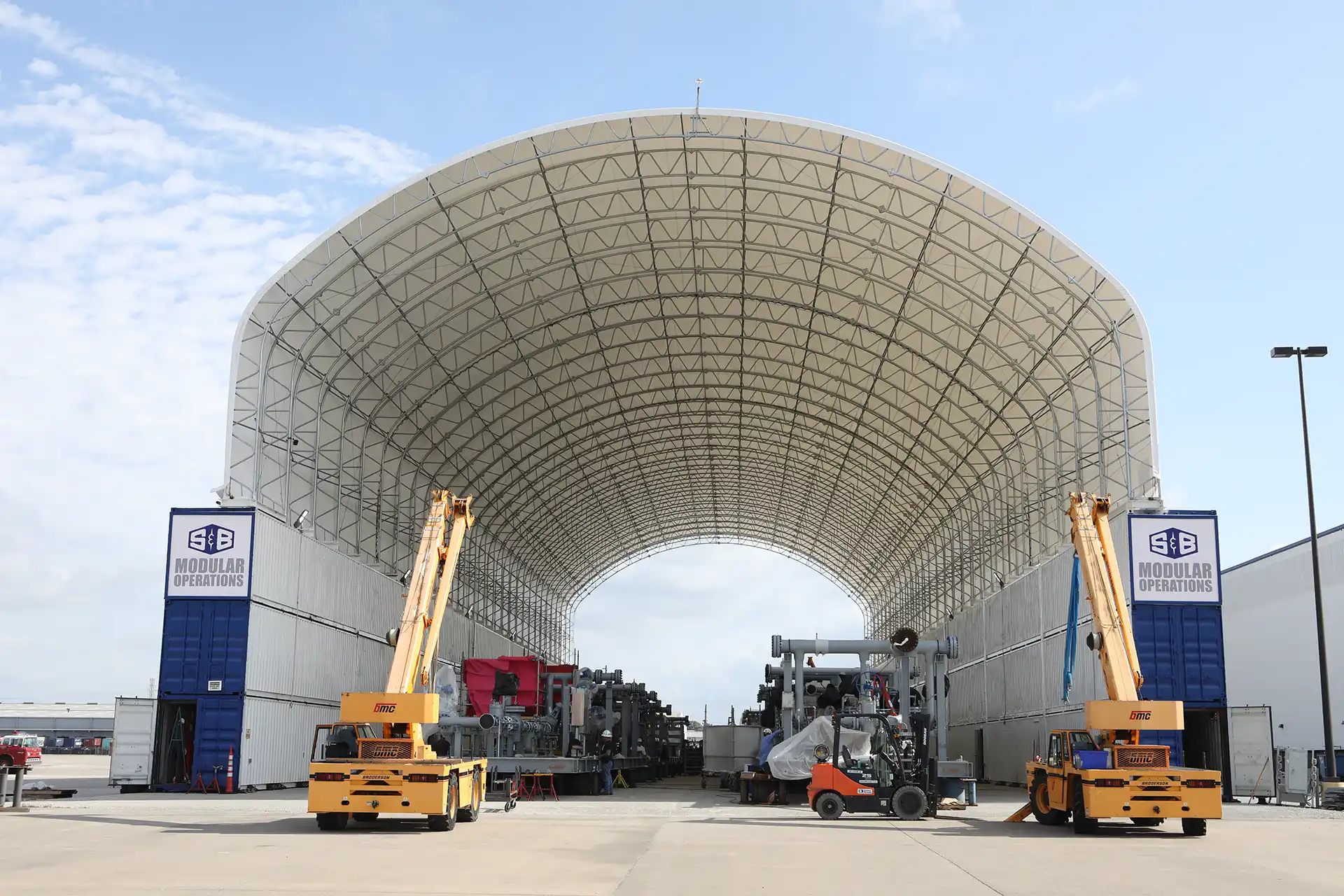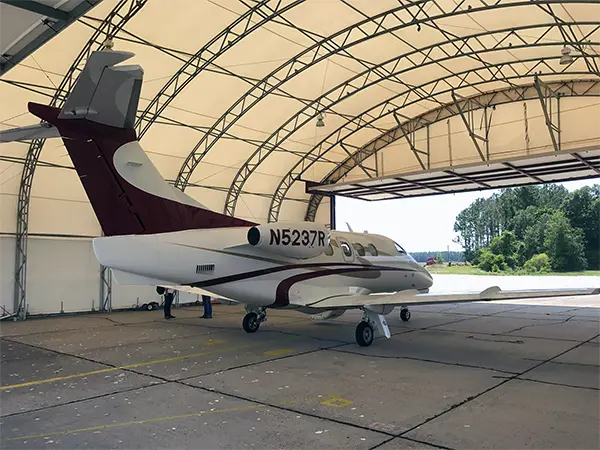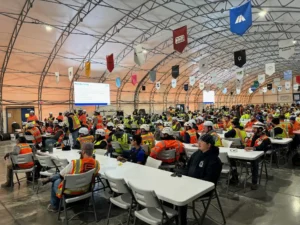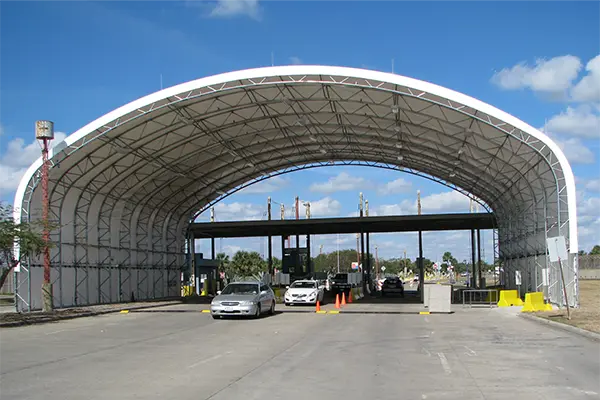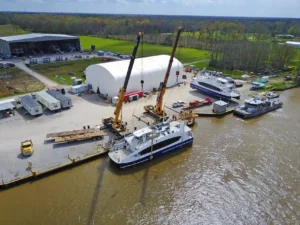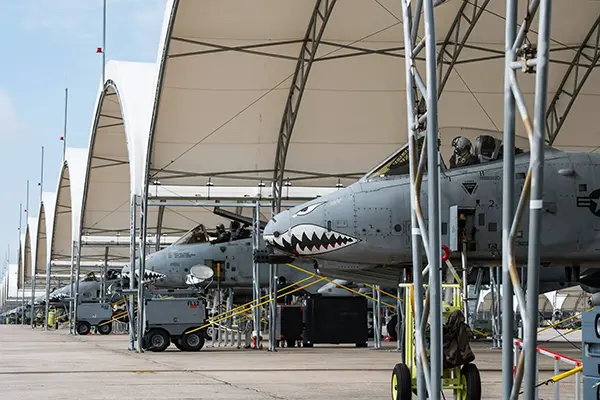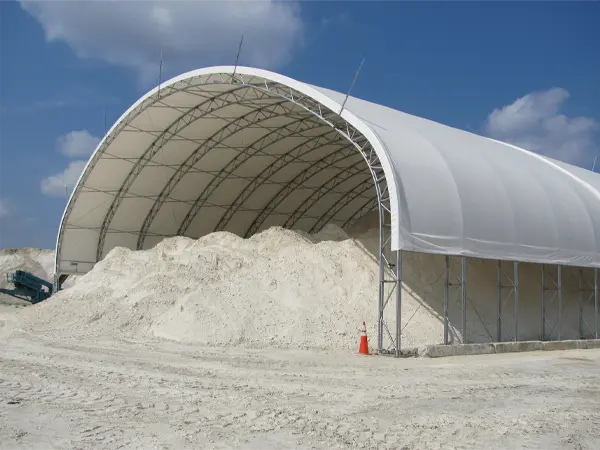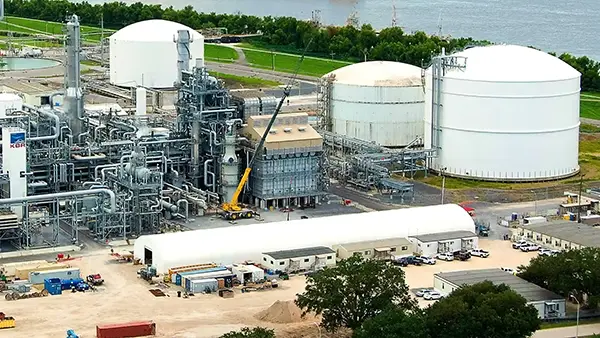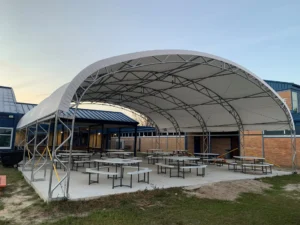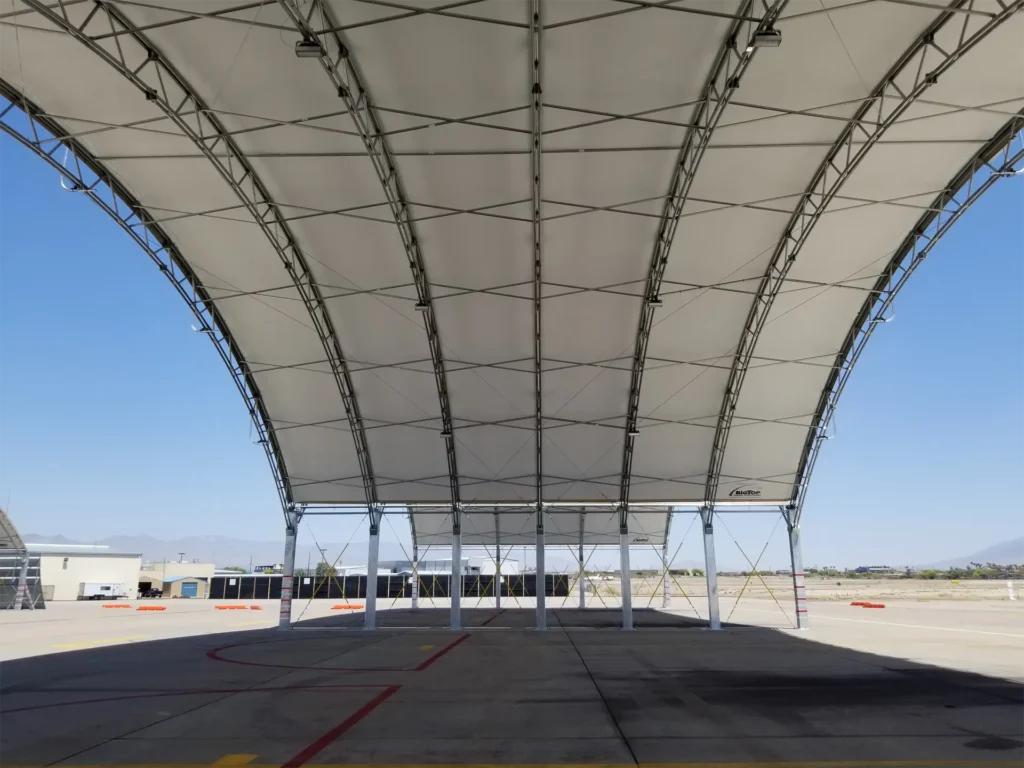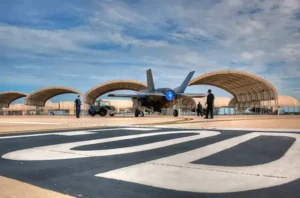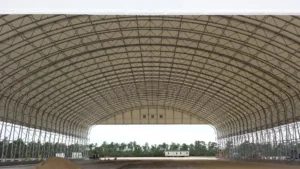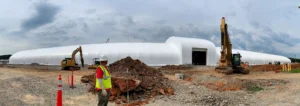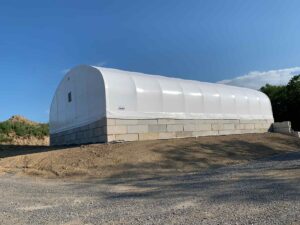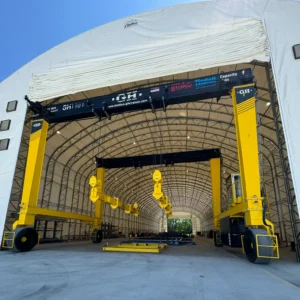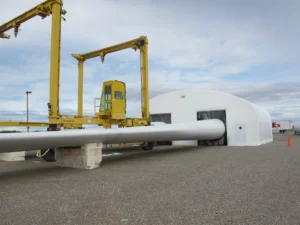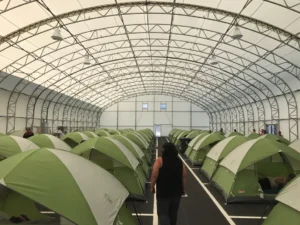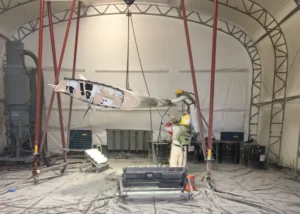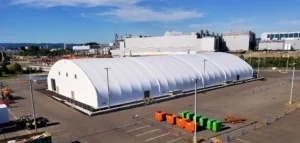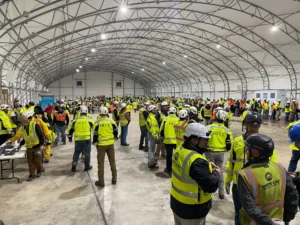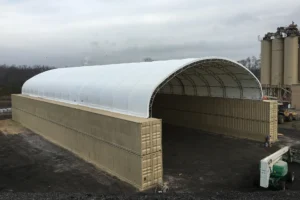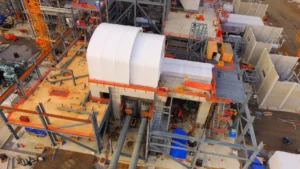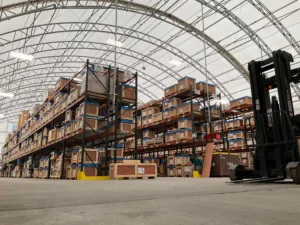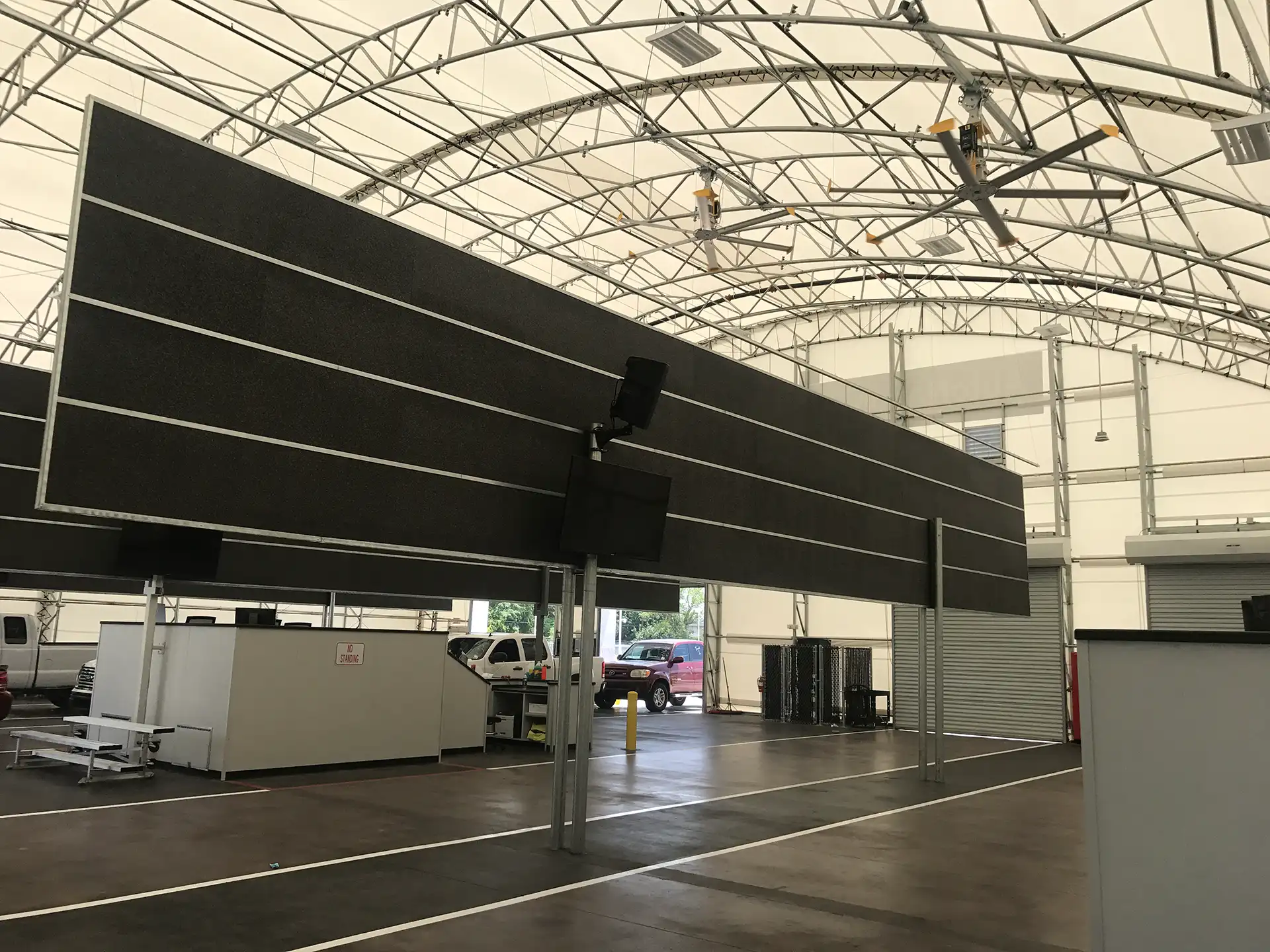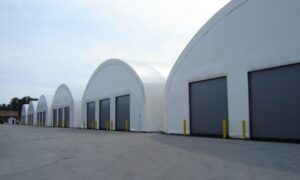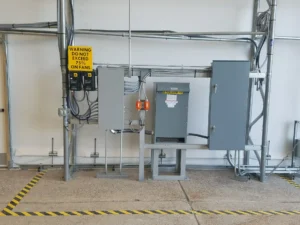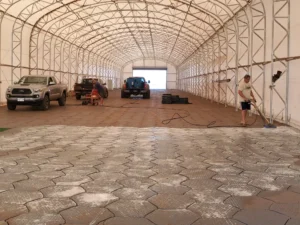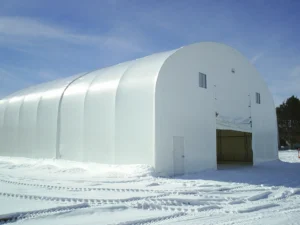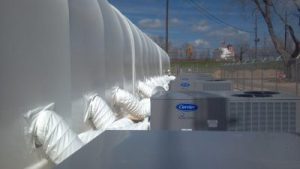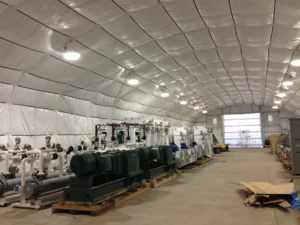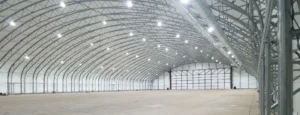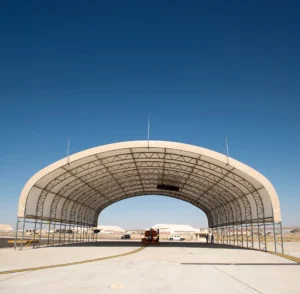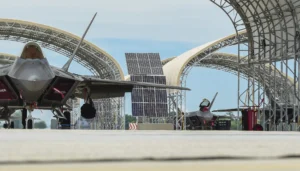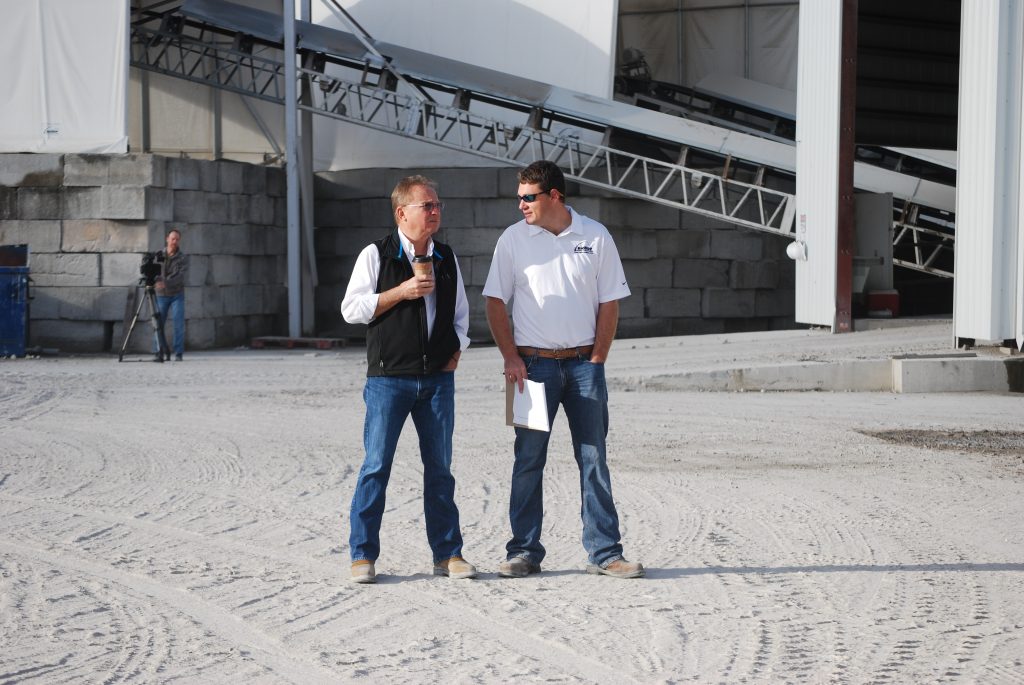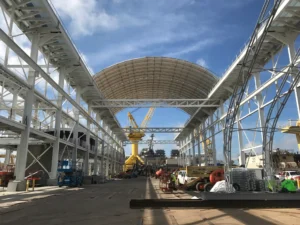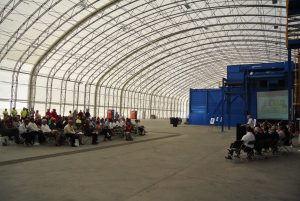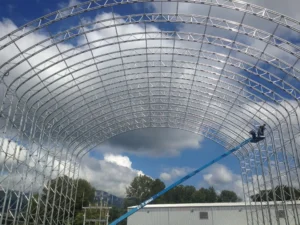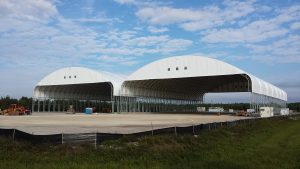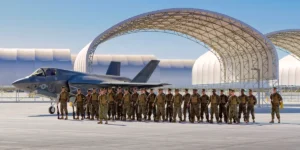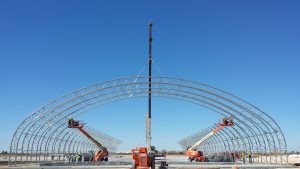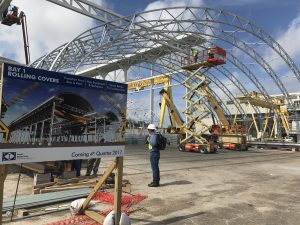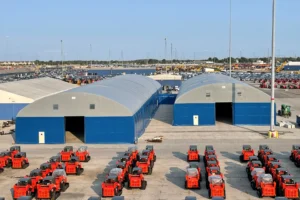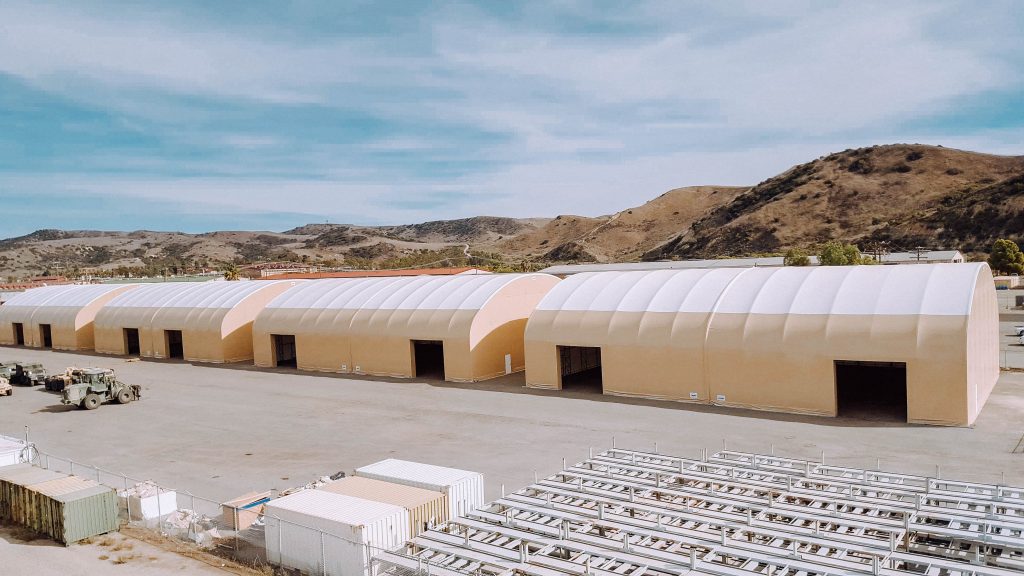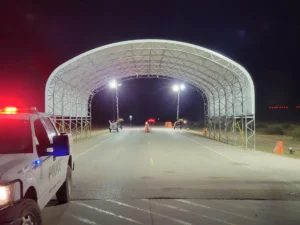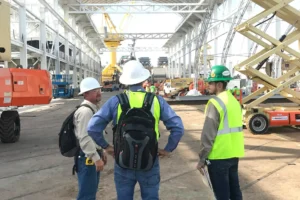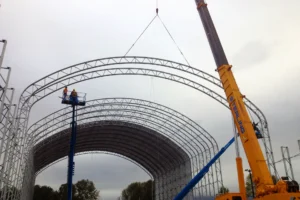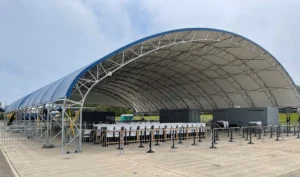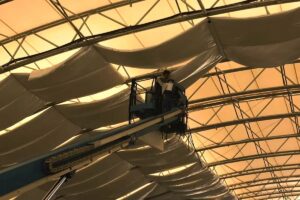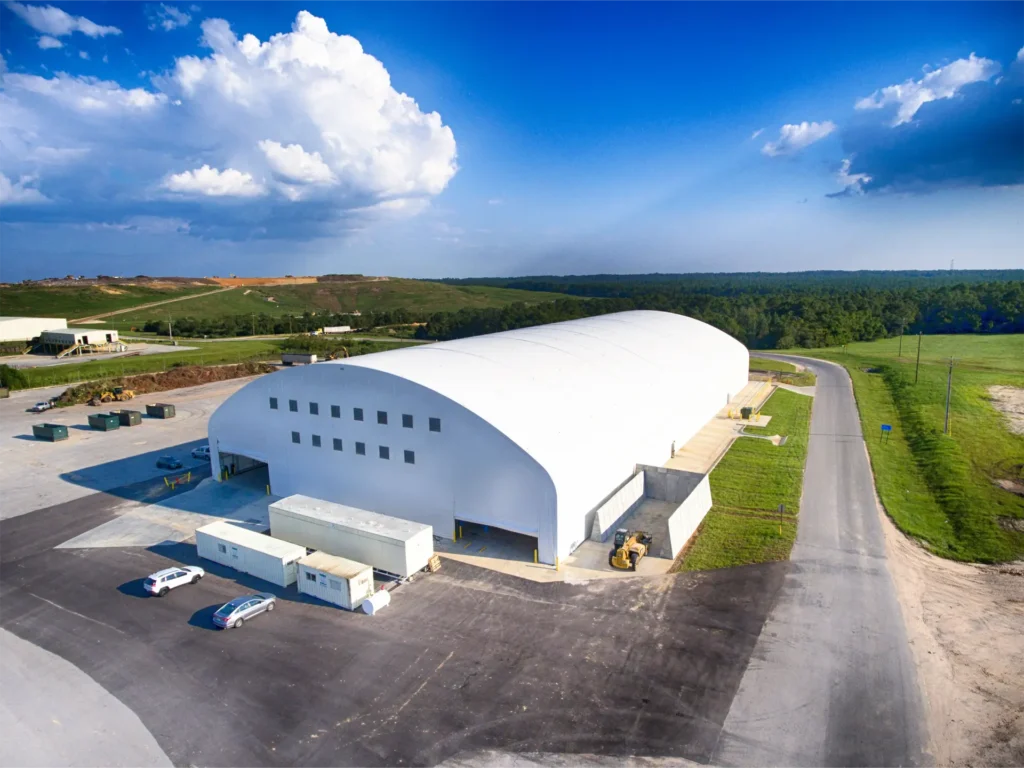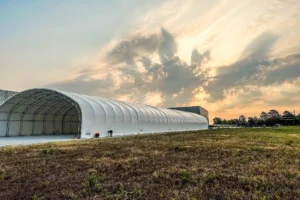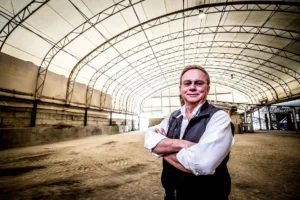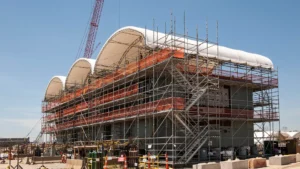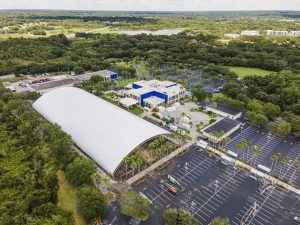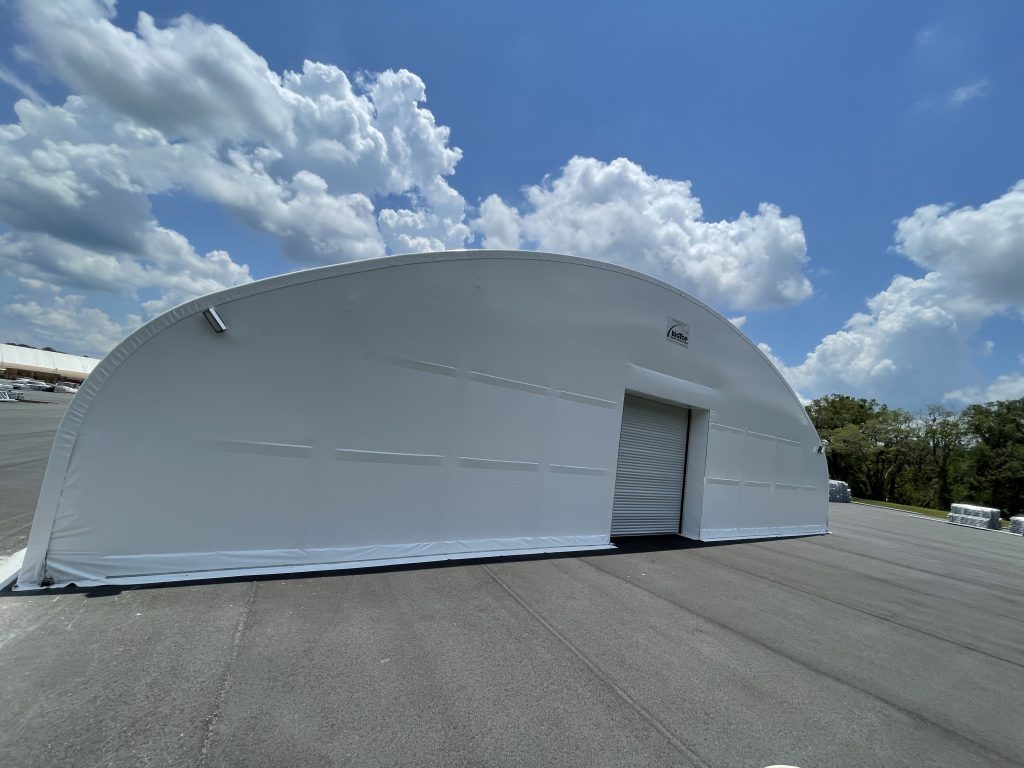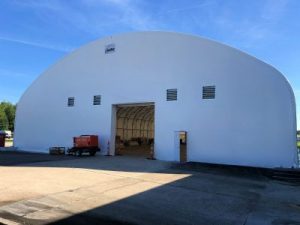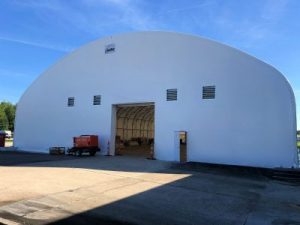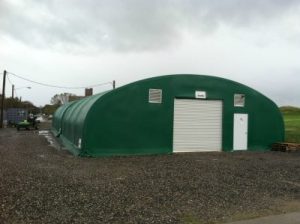Nowadays, nearly every industry benefits from temporary buildings. These industries range from the military to construction and even the government. However, these structures weren’t always as common as they are today. But where did the use of these structures begin? Keep reading to learn more about the evolution of temporary buildings over time.
Early Temporary Buildings
Any structure built in an area not intended for permanent residence is temporary, so these types of buildings have technically been around longer, but today, we’re strictly talking about industrial tent buildings. Society has used these types of temporary buildings since the 1800s when they still relied on large poles and ropes. As a result, the structures weren’t ideal in many locations. Plus, the buildings weren’t insulated, so storing items in them during the colder months could lead to damage.
Things took a major change in the 1930s when inventors began searching out ways to improve these structures to make installation faster and ensure the buildings were more durable. This meant new poles and other components to help the buildings remain structurally sound. From here, various manufacturers sought ways to further enhance this type of structure.
Big Top Joins the Scene
In 1979, Big Top Manufacturers saw additional ways to enhance fabric structures to create stationary or mobile building solutions. This allowed them to provide services to various industries that had unique needs; sporting events may need portable buildings, while marine companies need something more permanent. Big Top saw ways to insulate these buildings and used only the best materials to realize its vision.
Businesses needed structures that could be assembled in a matter of weeks but would remain durable so that they could move and reuse them. Big Top understood this and carefully crafted modular fabric structures that are tailored to each business’s specific needs.
Modern Fabric Buildings
We end our discussion on the evolution of temporary buildings over time by discussing modernization. Currently, fabric buildings rely on durable materials to ensure every building can withstand years of use. Likewise, modern structures must withstand harsh outdoor elements like powerful winds, rain, and snow.
These changes are vital to various industries because it enables businesses to set up shop nearly anywhere, even places where erecting traditional buildings may be impossible. Modern insulated temporary structures also allow for the installation of flooring, HVAC systems, and steel frames, making working in them more comfortable.
Work With Big Top
When you buy your fabric building from Big Top, we’ll ensure you get exactly what you need. Our experts will sit down with you to discuss your plan and answer any questions you may have. After gathering the necessary details, we will craft your custom temporary building. Temporary buildings continue to change our world, and when you work with one of the industry’s top manufacturers, you get the best product.
